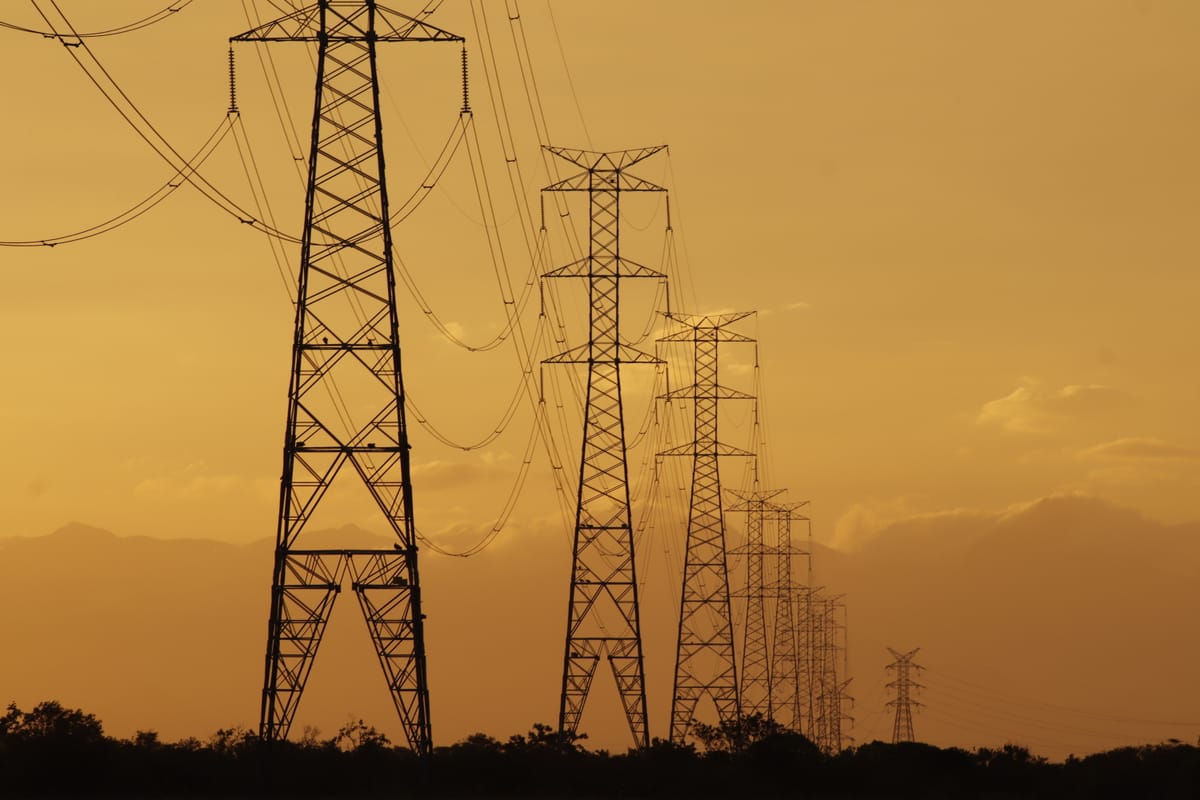In this week's brief, we explore efforts to unlock blended capital to accelerate the green transition, solar power milestones in China and Australia, and which policy mixes work best for cutting carbon emissions.
Follow Tectonic on Instagram and LinkedIn for regular updates about the innovators and innovations moving climate ambition into action.
Bolstering U.S. leadership in the green transition: In a new essay in the September/October edition of Foreign Affairs, Brian Deese argues the United States can usher in a global transition to green energy by embracing a strategy similar to the Marshall Plan that helped rebuild Europe while promoting U.S. industries and interests. Deese, who served as the Director of the White House National Economic Council in the Biden Administration, calls for a new Clean Energy Finance Authority to drive investment in developing countries most vulnerable to the effects of climate change to help them transition away from fossil fuels. As U.S. investment in green manufacturing and capacity continues, Deese argues the country can further scale domestic industries by boosting global demand. Furthermore, the approach will also enhance the geopolitical standing of the United States and provide a counter-option to China's $1 trillion Belt and Road Initiative. In the original Marshall Plan, Washington spent the equivalent of $200 billion today, with 70% going to purchasing products made in the United States, with the goal of turning Europe into a "consumer of American goods," as explained by the plan's chief administrator.
“The clean energy transition remains the most important planetary challenge. It also presents the greatest economic opportunity: it will be the largest capital formation event in human history.” Brian Deese, Innovation Fellow at MIT and former Director of the White House National Economic Council in the September/October edition of Foreign Affairs
BlackRock embraces blended finance: The world's largest asset manager, BlackRock, said it was expanding its offering of blended finance instruments and public-private partnerships to scale sustainable development infrastructure investment in emerging markets. The deals tend to include multilateral development banks and other public investors providing capital to de-risk deals and incentivize private capital. The market for blended capital with private and public funding sources reached a five-year high in 2023 of $15 billion.
China surpasses wind and solar target six years early: Last month, China reached 1,206 gigawatts of solar and wind capacity, surpassing a 2030 goal the nation set at the beginning of the decade. Moreover, China issued 83% fewer permits for coal-fired power projects in the first half of 2024 compared to the same period last year. With expanded renewable energy capacity and less dependence on coal, China may have already reached peak emissions also ahead of its 2030 target. Still, wind and solar only made up 14% of the country’s electricity this year, and more investment is needed in the nation's grid to handle intermittent power generation.
Report outlines which policy interventions reduce emissions: A new report from the Potsdam Institute for Climate Impact Research used AI to analyze 1,500 approaches to address climate change across 41 countries. The survey found the most successful models for cutting emissions combined financial subsidies with regulations and pricing mechanisms. The researchers deemed only 63 interventions successful, such as in the U.S., where transportation emissions were cut after 2008 following tax incentives, subsidies for low-emitting vehicles, and CO2 efficiency standards.
World's largest solar farm approved in Australia: The government of Australia has approved a 12,400-hectare solar farm in northern Australia that will transmit energy through a 2,672-mile long underwater cable to Singapore. The $19 billion Australia-Asia PowerLink project will deliver up to six gigawatts of green electricity each year and position Australia as a leader in green energy when it commences in the early part of the next decade. The cable and solar farm will be four times bigger than any other project currently in operation.
Sheep go to work on Texas solar farms: A program led by Enel North America and Texas Solar Sheep will soon have 6,000 sheep grazing 10,000 acres of land across eight solar farms in Texas. The sheep help manage vegetation that would otherwise be cut by lawnmowers, which can cost more and damage the solar equipment. The sheep also help store more carbon in the soil, improving soil health, and unlike goats, do not chew on the wires.
New electric trains run from San Francisco to San Jose: The Caltrain rail service is moving to electric, phasing out 40-year-old diesel trains and eliminating 250,000 metric tons of CO2 emissions annually, roughly equivalent to the pollution from 55,000 cars. The trains also start and stop faster, meaning the Caltrain can add more stops to its express route while still reducing commuting time.
Eating less meat can reduce farmland needs: A new report from the Good Food Institute found if Americans replace 50 percent of their animal protein consumption with plant-based options, the country would need 47.3 million fewer acres of cropland to grow the same amount of protein — roughly an area the size of South Dakota. In addition to the reduction of emissions from animal agriculture, this land could be restored and transformed into carbon sinks. Currently, 60% of land in the U.S. is used for agriculture, with 21% of that used for cropland, the vast majority of which is used to grow crops for animal feed.
Brazil invests in sustainable fuel: Brazil's development bank and a government agency will provide $1.1. billion in financing to spur local production of sustainable fuels for airplanes and vessels. The lines of low-interest credit can be used to fund research, engineering, industrial plants, and machinery and equipment.


